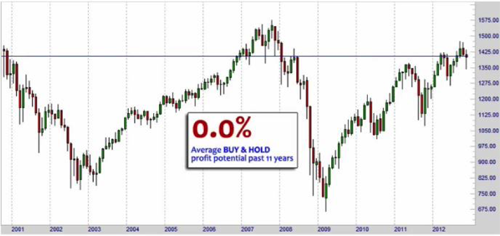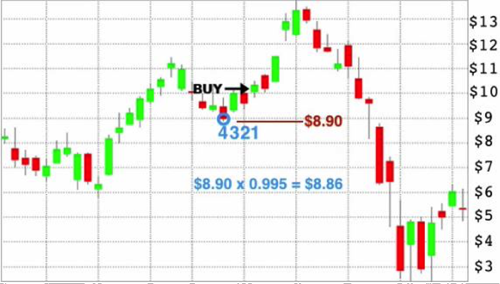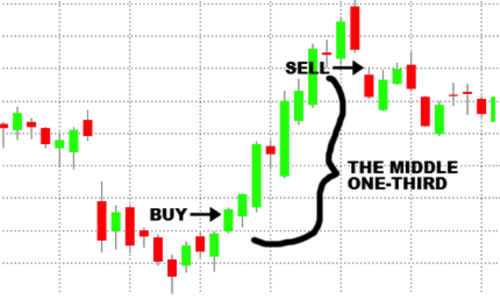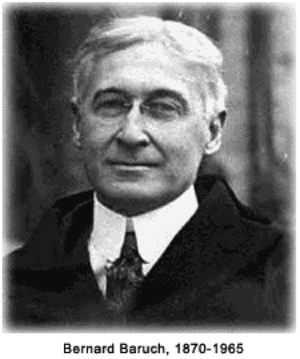Successful investors aren’t flawless. But they become successful investors because they avoid certain mistakes that amateur investors commit over and over again.
I’ve labeled these mistakes “Profit Killers” because that’s exactly what they do: They rob your portfolio, kill your profits and hurt your chances of long-term success.
In this article, I’ll show you the top 3 mistakes wealthy investors avoid so you can potentially make (and keep) more of your investments.
Profit Killer #1) Clinging to outdated Buy & Hold strategies
Listen, “Buy & Hold” is way past dead.
 Here’s a chart of the average buy and hold potential over the 10 year stretch from 2001 to 2012. Yes, you’re reading it correctly – that’s a 0.0% gain.
Here’s a chart of the average buy and hold potential over the 10 year stretch from 2001 to 2012. Yes, you’re reading it correctly – that’s a 0.0% gain.
While buy and hold may have been a viable strategy 40 or 50 years ago, in today’s market following a buy and hold strategy can cripple your portfolio and leave you holding the bag for years and years of lost profits. In short, buy & hold leaves too much to chance. If you employ a buy & hold strategy and you happen to be lucky enough to use it the right decade, you might come out all right.
But if you happened to be unlucky enough to use a buy & hold strategy anytime in the last 20 years, you probably watched your account get hammered while valuable time just kept slipping away.
Profit Killer #2) Holding on to losing trades too long
It’s a common mistake because nobody likes to be wrong. So you make a trade with one expectation in mind and when the opposite happens, you don’t want to admit you were wrong.
You tell yourself the market is going to turn around. And you wait. You wait. And you wait some more. With each passing day you continue to lose until finally you reach the “enough is enough” moment and you get out of the trade.
The solution? Always trade with a stop-loss order at a pre-determined exit point. Here’s a little trick on figuring how to set your stop loss order. Find the lowest low of the past 4 days and place your stop loss order just below the lowest low.
So if you’re considering buying a stock at $10 on Friday, look at the previous week’s price action and see what the lowest low was during the previous 4 days. If the lowest price during those 4 days was $8.90, then you’d want to set your stop loss order ½% below the previous 4 day low. To calculate that, just multiply 8.90 x 0.995 = $8.86.
 So in this example, we’d set our stop loss order at $8.86. Just low enough to miss any dips that would trigger other traders stop loss orders, but close enough so that we aren’t going to risk too much of our investment is we’re wrong about this trade.
So in this example, we’d set our stop loss order at $8.86. Just low enough to miss any dips that would trigger other traders stop loss orders, but close enough so that we aren’t going to risk too much of our investment is we’re wrong about this trade.
Of course on the flip side of this coin we have a similar profit killing mistake…
Profit Killer #3) Exiting winning trades too soon
Just as it’s tough to let go of a losing trade, it’s just as difficult to stay with a winning trade. After all, most people are in a hurry to turn those “paper” profits into real profits. Emotionally, it can be tough to stay “hands off” on a winning trade because there’s nothing worse than watching a winning trade turn into a loser.
Again, the key is to take the decision out of your hands before you even get into the trade by following a cut-and-dried strategy.
Step #1: Place your initial stop-loss order at the same time you buy in using the strategy from the Profit Killer #2 section of this article. If the market moves against you, you will lose a small percentage of your investment when you get stopped out and then you can pursue other trades.
Step #2: But if the market goes up, then your next move is to adjust your stop loss order to the point where you bought it. So if you’re buying at stock at $6 and it moves up to $7, you’ll want to move your stop loss order up to $6. This essentially gives you a “free trade” since now you can’t lose, you can only win.
 Step #3: As the market continues to climb, you continue to move up your stop-loss order thus allowing you to lock-in profits as the stock continues to climb.
Step #3: As the market continues to climb, you continue to move up your stop-loss order thus allowing you to lock-in profits as the stock continues to climb.
IMPORTANT: You don’t decide to exit the trade. You wait until the market moves against you and automatically triggers your stop loss order. By trading in this manner, you ensure that you get the “middle third” of the move.
 By the way, the concept of capturing the “middle one third” of the move comes from multi-millionaire trading legend Bernard Baruch.
By the way, the concept of capturing the “middle one third” of the move comes from multi-millionaire trading legend Bernard Baruch.
He said:
“Don’t try to buy at the bottom and sell at the top. It can’t be done, except by liars.
I can’t help making money. I just wait for the market to bottom. Then I buy on the way up, and then I sell before the top.
I’m satisfied with the middle one-third of the move.”
If you can sidestep these 3 mistakes, you’ll improve your odds at doing what the vast majority of traders fail to accomplish: Make money in the markets.
But there are actually 4 more “Profit Killers” you should know about. To see the full list of profit killers and to pinpoint exactly which profit killer is preventing you from the success you deserve, check this out:
|
15-Second Quiz Pinpoints Your Personal “Profit Killer” |

